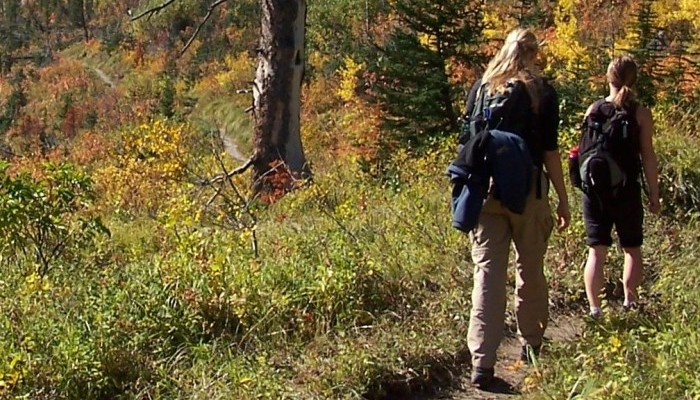What and when Imagine a talent show where contestants get voted off depending on their skills in their area of choice. Then imagine that this talent show is populated by scientists with school students voting them off based on the scientist’s ability to communicate their research well. This is the basis of a recent EGU educational initiative that launched earlier in 2014, and that will return in 2 ...[Read More]
Imaggeo on Mondays: An ancient landscape and the never setting sun.
This week’s Imaggeo on Mondays image is brought to you by Florian Heinlein, a meteorologist by training now working on his PhD modelling water transport in agricultural plants. This image was taken even before he started his bachelor’s degree and studying the Earth’s atmosphere and climate change was still a pipeline dream. This picture was taken during a holiday trip through the Baltics in July 2 ...[Read More]
GeoEd: Citizen Geoscience

In this month’s GeoEd column, Sam Illingworth tells us about the growing use of Citizen Science within research as a means of acquiring data. Whilst the practice is novel and offers exciting opportunities as to volumes of data collected Sam highlights the importance of appropriately crediting the work of the willing volunteers. Citizen Science is a phrase that is currently de rigour in scientific ...[Read More]
Imaggeo on Mondays: Glarus Alps
Undoubtedly, the Alps are one of the best studied mountain ranges in the world. Appreciating their immense beauty and geological wealth can be difficult from the ground, given their vast scale and the inaccessibility of some of their more challenging peaks. Kurt Stüwe, along with alpine photographer Ruedi Homberger, set about changing this by undertaking the ambitious task of photographing the len ...[Read More]
